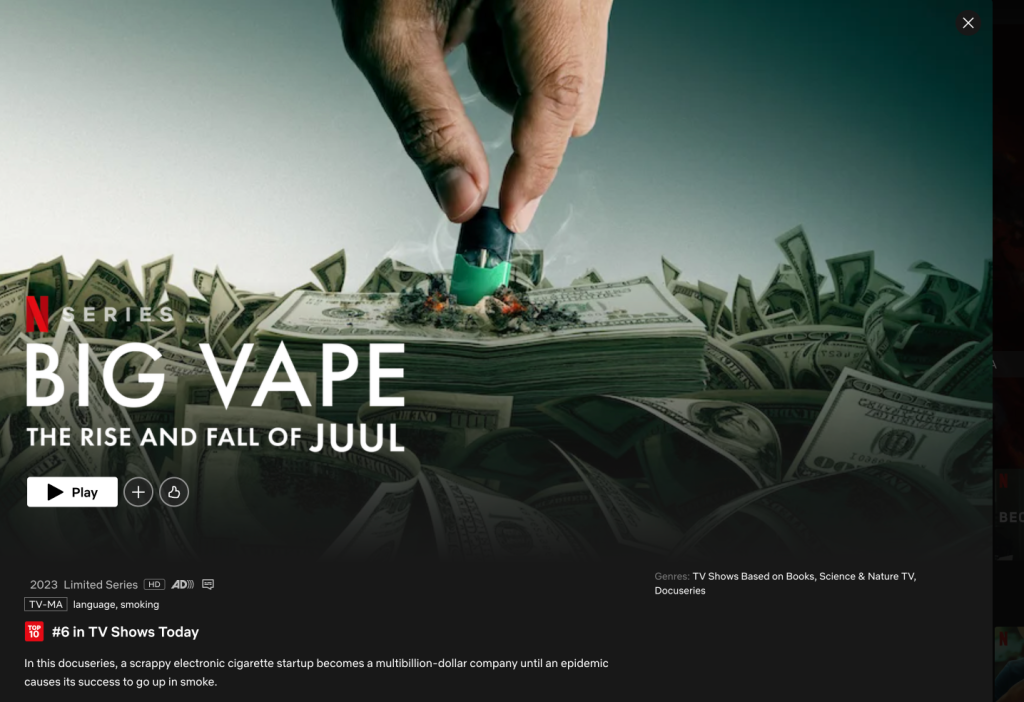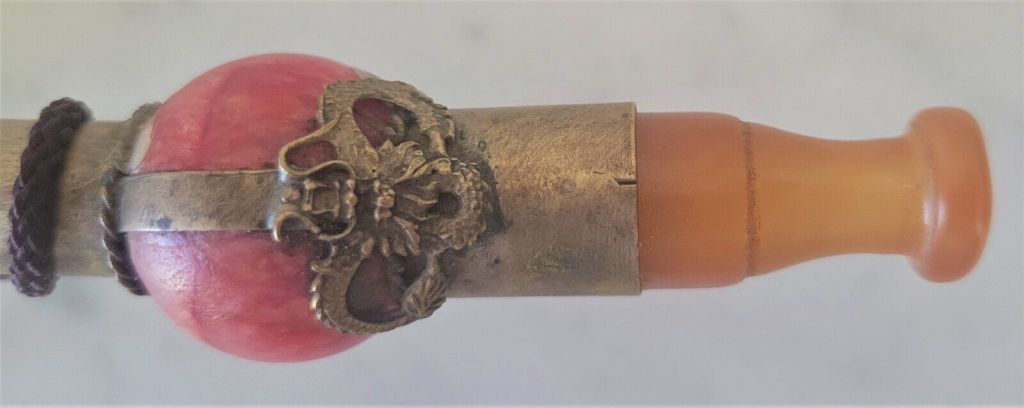This Issue underscores shortcomings in how NM pays for its efforts.
BY DAN MCKAY JOURNAL CAPITOL BUREAU SANTA FE — Quitting is never easy.
But New Mexicans planning to give up tobacco or nicotine may have more trouble finding help this summer.
The state’s contract for the 1-800-QUIT-NOW line ended June 30, and it wasn’t accepting new clients this month.
Earlier this year the state Department of Health abruptly canceled about $741,000 in funding to groups that help people quit smoking — or never start — after revenue from a settlement fund failed to reach expectations.
The disruption in funding underscores long standing shortcomings in how New Mexico pays for much of its anti-nicotine efforts.
Legal settlements with tobacco companies provide funding. But the state has failed to grow an endowment like permanent fund as planned, leaving New Mexico with a less-stable funding stream for nicotine prevention.
This year’s cuts are drawing renewed attention from legislators who say the explosion in vaping among young people makes it all the more important to spend on prevention.
“It’s absolutely critical these programs have continuity,” state Rep. Joanne Ferrary, D-Las Cruces, said in an interview.
State health officials say they are doing the best they can amid a shortfall in New Mexico’s tobacco settlement funds.
Jodi McGinnis Porter, a spokeswoman for the Department of Health, said the state made it a priority to maintain the most essential services for nicotine addiction treatment when the funding came in below projections.
But she acknowledged the state’s Nicotine Use Prevention and Control Program suspended some services — largely marketing and education, she said — to handle the $741,000 reduction in funding.
The department “is looking for other funding sources to support NUPAC in the future,” McGinnis Porter said. ‘Disheartening’
Alex Ross-Reed, executive director of the Health Equity Alliance for LGBTQ+ New Mexicans, or HEAL Plus NM, described the budget cut as “shocking.”
After 20 years of state funding, her organization received an email May 3 directing her to stop work on anti-tobacco services.
“It’s brutal for our organization,” Ross-Reed said in an interview.
Nicotine prevention funding had made up 60% of the organization’s operating budget, she said, helping to fund a directory of behavioral health care providers who are LGBTQ-friendly and other efforts to help people quit tobacco.
The order to stop work, she said, came after HEAL Plus NM had ordered $5,000 in supplies. The organization, she added, wasn’t reimbursed.
Laurel McCloskey, executive director of the Chronic Disease Prevention Council, said her group postponed its annual tobacco policy summit after its state funding was halted.
The disruption in revenue makes it more difficult, she said, for anti-tobacco groups to sustain their work.
“It’s just super disheartening,” McCloskey said.
Her organization, she said, had received state funding for eight years before it was pulled this year.
Funding trouble
The tobacco funding shortfall comes as New Mexico enjoys an oil-and gas revenue boom that has pushed government spending to a record high.
But most of New Mexico’s tobacco cessation programs are funded through a distinct source: settlements reached with big tobacco companies.
In 2000, the state created a tobacco settlement permanent fund as part of the legal agreements. It was intended to be an endowment- like fund that could make annual distributions to pay for tobacco cessation, treatment and similar programs in New Mexico.
At first, about half the annual settlement cash from the tobacco companies went into the permanent fund, and the other half was put to use immediately on health and treatment programs — a balance between covering immediate needs and building a sustainable funding source for future services.
But it hasn’t worked as planned. Amid a budget crunch after the Great Recession, the state turned to the tobacco permanent fund to help bolster its financial bottomline.
Since 2008, the annual payments from tobacco companies have often been spent on services rather than growing the permanent fund.
It’s left the state with a more volatile source of revenue for tobacco cessation programs than if the permanent fund had been allowed to grow and generate predictable income.
Lawmakers pushed to address the problems this year with legislation, Senate Bill 178, that would have moved the tobacco permanent fund out of the state’s general fund reserves.
It would have allowed the $310 million or so now in the permanent fund to be invested more effectively, supporters say, and helped protect it from being used to cover shortfalls in other operations.
The bill won bipartisan approval in both chambers of the Legislature.
But Democratic Gov. Michelle Lujan Grisham vetoed the legislation without explanation. She didn’t sign it before a constitutional deadline, blocking it from becoming law, a procedure known as a pocket veto.
Rejection of the bill prevented the transfer of about $58 million into the tobacco settlement fund. Budget legislation delivering the injection of funding was contingent on the approval of Senate Bill 178.
A member of the Lujan Grisham administration said the governor didn’t act on the bill, in part, because she wanted more time to evaluate it. The effective date of the legislation was set for July 1 next year, so there’s still time to adopt the bill next year and have it go into effect on the original schedule, the administration official said.
Sen. Martin Hickey, an Albuquerque Democrat who sponsored the bill, said he intends to reintroduce the measure and seek Lujan Grisham’s support.
As a physician, Hickey said, he understands firsthand the value of programs that help people avoid addiction in the first place. Early nicotine use, for example, can prime the brain’s pathways for addiction, he said, underscoring the importance of prevention efforts.
“How often do you have an opportunity to nip that (health issue) in the bud?” he said in an interview.
As it stands now, the American Lung Association gave New Mexico an “F” for funding of tobacco prevention and cessation services. Funding was about 30% of the CDC-recommended level, the association said in a 2023 report.
Preventable death
Cigarette smoking is the leading cause of preventable death in the United States, according to the Centers for Disease Control and Prevention. Smoking is a risk factor for cancer, heart disease, stroke and other problems.
The federal government also describes vaping as unsafe for teens and young adults. Nicotine is addictive and can harm brain development, according to the CDC.
The use of electronic cigarettes, however, is on the rise among students. About 34% of high school students in New Mexico reported using e-cigarettes in 2019, a 10 point increase over a five-year period, according to state data.
Outlook
Lawmakers are preparing to question New Mexico’s top health and finance officials about the funding cut.
Rep. Ferrary, chairwoman of the Legislature’s Tobacco Settlement Revenue Oversight Committee, said the panel has scheduled a public hearing in September to ask about the issue.
For Ross-Reed at Heal Plus NM, the budget cut exacerbates what she already sees as a lopsided fight: The cash available to organizations like hers, she said, is tiny compared to the resources available to tobacco companies offering an addictive product.
“I feel like these budget cuts and these decisions,” Ross-Reed said, “have just cut the legs out of what was already hard to do.”




























You must be logged in to post a comment.